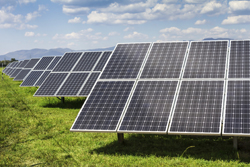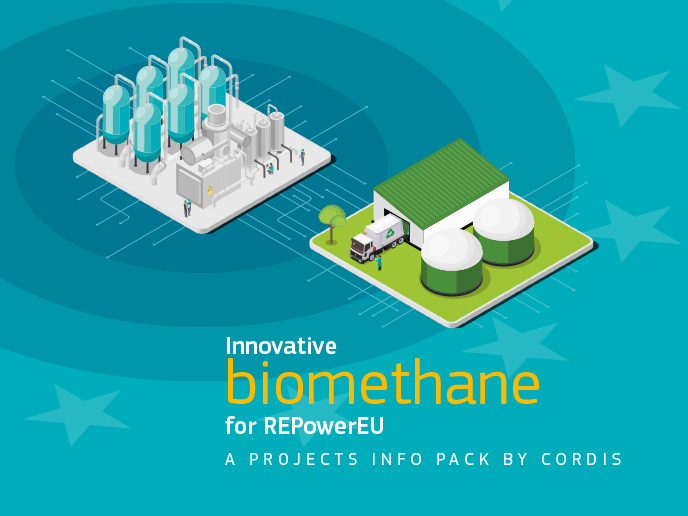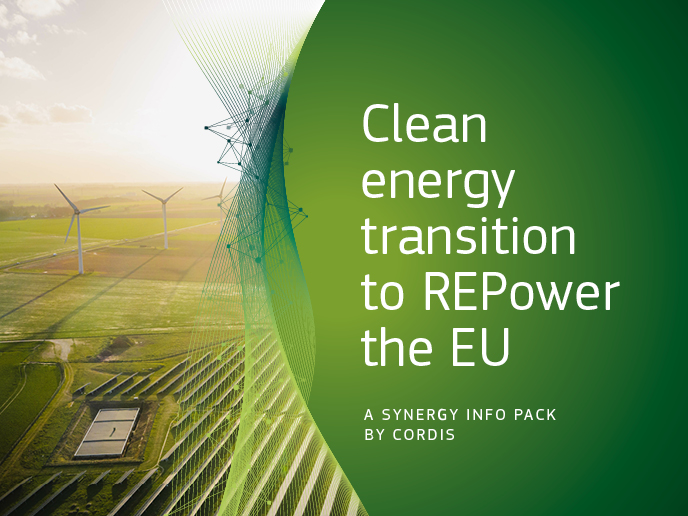Engineering solar cells for superior efficiency
Novel nanocomposite materials and processes for solar cell applications developed within the scope of the EU-funded project SNAPSUN(opens in new window) promise efficiencies greater than 25 %. Key to success was control of the size of silicon nanoparticles and of bulk silicon distribution, as well as extending the potential host matrix materials that can be used. All of these are critical to controlling the energy band gap that directly affects spectral absorption and the efficiency with which solar energy is converted to electricity. Until now there were no appropriate processes or materials available. In order to simultaneously meet specifications while decreasing production costs, the team developed new low-temperature and scalable fabrication processes based on established deposition methods. The methods enabled industrial-scale production of batches of silicon nanoparticles without compromising quality or robustness. Nanoparticles were incorporated into wide band gap host matrices to enable band gap engineering for higher efficiencies. With a novel electron microscope tomography method for 3D visualisation of the SNAPSUN nanocomposites, researchers achieved nano-scale resolution and demonstrated very high silicon nanoparticle density and narrow size distribution. SNAPSUN enabled large-scale deposition of nanocomposites on low-cost substrates, some of which were also flexible, and optical absorption of thin films (less than 1 micrometre) exceeding 85 %. Encouraging preliminary results have been obtained from nanocomposite materials incorporated into proof-of-concept solar cells, paving the way to optimisation and commercialisation.







